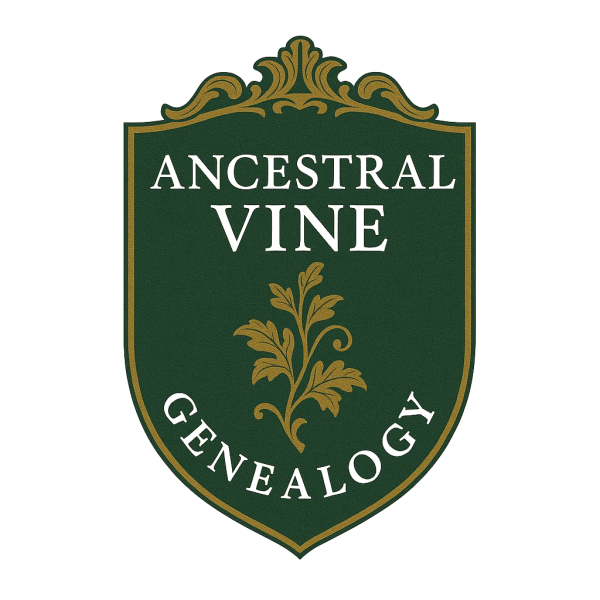
Records We Research
Over the past six years, we have researched thousands of records from all over the world. The main records we use when researching can usually be categorized as church, civil, immigration, military, newspaper, and court.
Church Records: We have researched church records as far back as the early 1500s, often translating them from Latin, German, or Russian. These records can give you insights into your ancestors religious beliefs and their places of worship. These records became common in Western civilization in the sixteenth century, and often contain information regarding baptisms, marriages, and burials.
Civil Records: These include documents like vital and census records. Vital records began in many countries during the late eighteenth to mid nineteeth centuries, and often list information regarding birth, marriage and death. In the United States, the first census record (1790) was enumerated on horseback and took 18 months to complete. These records have continued every ten years, with most of the information avaliable for research up to 1950. These census records can show where your ancestors lived and what occupations they had during their time on this earth.
Immigration Records: These records can help trace when and how your ancestors arrived in a new country. In the United States, federal immigration records began in 1820 and often include valuable details such as your ancestor’s age, occupation, country of origin, and destination. Passenger lists may also record the ship’s name, port of departure and arrival, and the names of fellow travelers. These records offer a glimpse into the journey itself and the reasons many families chose to start anew.
Military Records: These can reveal a great deal about your ancestor's service, including enlistment dates, ranks, units, and battles they may have fought in. In the United States, military records date back to the Revolutionary War and continue through every major conflict. These records often include pension files, draft registrations, and service records, which can provide not only military details but also personal information such as birthplaces, physical descriptions, and family members.
Newspaper Records: Newspapers can offer unique glimpses into your ancestor’s daily life and community. Birth announcements, obituaries, marriage notices, and even local gossip or criminal reports can be found in historic newspapers. In many cases, these articles fill in the gaps left by official records, and they are especially helpful when other documentation is missing. Newspapers have been published in many countries since the 1700s, and digitized collections are increasingly available online.
Court Records: These can help trace ownership, inheritance, and residency over time. These include deeds, wills, probate records, and court cases. Land records in particular can show when and where your ancestors settled, how much land they owned, and who their neighbors were. In some regions, these records go back to the colonial era and may be the only surviving documentation of an ancestor’s life in that place.